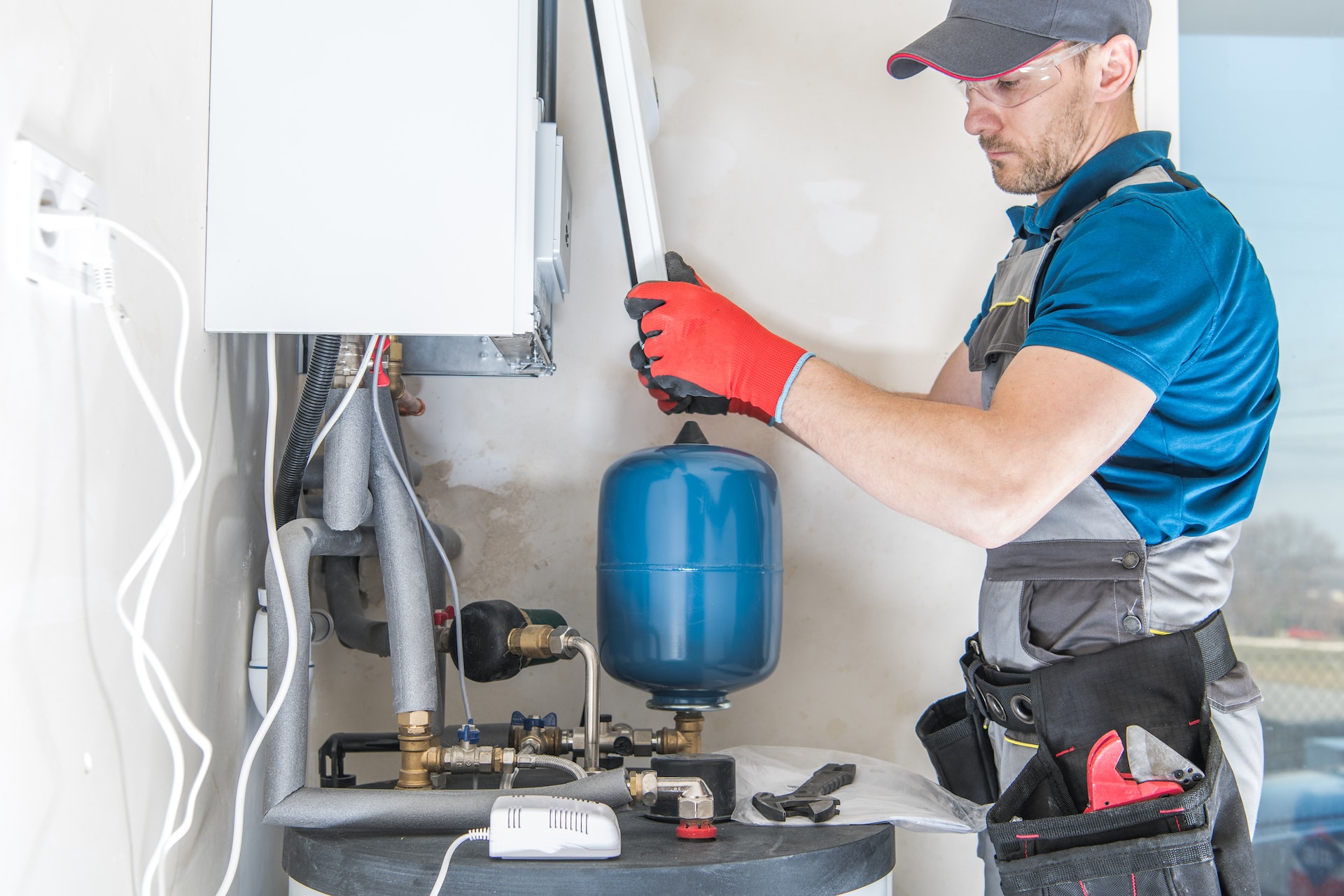As Denver homeowners, remaining comfortable during the colder months hinges on the reliable performance of your heating systems, with furnaces playing a pivotal role. When faced with the decision to repair or replace a furnace, several factors come into play, including weighing up the cost efficiency of the repair against the long-term performance of a new furnace. Our experts at Fix It 24/7, Denver’s trusted source for plumbing, HVAC, and electric services, understand the intricacies of making such decisions.
In this comprehensive guide, we aim to provide you with valuable insights and advice to make well-informed choices regarding your furnace replacement options. From understanding key efficiency metrics to evaluating repair costs and future savings, we’ll delve into the crucial aspects to analyze when considering cost efficiency versus long-term performance for your Denver home’s heating system. Join us as we navigate the complexities surrounding this important decision, ensuring your home remains cozy and efficient all winter long.
Furnace Replacement Decisions: Analyzing Cost Efficiency vs Long-term Performance
1. Understanding Efficiency Metrics
When considering the cost-efficiency and long-term performance of furnace systems, understanding key efficiency metrics is fundamental. One essential metric for evaluating a furnace’s performance is its Annual Fuel Utilization Efficiency (AFUE) rating. AFUE measures the percentage of fuel consumed by a furnace that is transformed into usable heat for your home.
Higher AFUE ratings denote a more efficient furnace, potentially saving you money on energy bills. However, while a higher-efficiency furnace can lead to reduced monthly expenses, the initial cost of the equipment and installation may also be higher. Therefore, homeowners must strike a balance between upfront costs and long-term energy savings when weighing their options.
2. Evaluating Repair Costs vs Replacement Costs
Another critical aspect to consider when deciding whether to repair or replace a furnace is the cost of repairs. Generally, when repair expenses begin to approach or even exceed half of the cost of a new furnace, it may be more cost-effective to invest in a replacement. However, this rule of thumb should be tempered by the expectations of remaining useful life for the existing system. For example, if your furnace is nearing the end of its expected lifespan and is frequently encountering issues, opting for a replacement might be a more prudent choice.
Conversely, if your furnace is relatively young and has no history of frequent issues, investing in a repair might be more economical, especially if the repair costs are not egregiously high. As a homeowner, carefully assess your furnace’s age, repair history, and estimated remaining life span when weighing the repair costs against potential replacement expenses.
3. Considering Energy Efficiency Improvements and Warranty
When comparing the costs of repairing or replacing a furnace, it is crucial to consider the potential energy efficiency improvements offered by a newer model. Modern furnaces tend to have higher AFUE ratings compared to older equipment, which can result in tangible monthly savings. Additionally, energy-efficient furnaces may qualify for various local, state, or federal tax credits and rebates, reducing the overall cost of a replacement system.
Another factor to consider is the warranty offered on a replacement furnace. A new furnace typically comes with a substantial warranty period, providing homeowners with increased peace of mind and protection against unexpected repair costs. Furthermore, continually investing in repairs for an older, out-of-warranty furnace can be an unsustainable financial drain in the long run.
4. Analyzing the Return on Investment (ROI)
Finally, perhaps the most important aspect when weighing the cost-efficiency of a furnace repair against a new investment is the return on investment (ROI). While it may be tempting to opt for a repair to save on initial expenses, the long-term savings associated with a new furnace could deliver a more substantial ROI.
Calculating the ROI involves a comparison between the initial investment in a new furnace (including purchase and installation costs) and the anticipated energy savings over the equipment’s estimated life span. Homeowners should also consider factors such as manufacturer rebates, tax incentives, and potentially lowered maintenance costs when estimating the ROI.
To accurately calculate the anticipated ROI, we recommend conducting a comprehensive analysis of your current furnace’s performance compared to available replacement models. This evaluation should factor in energy usage, upfront costs, future repair expenses, and any financial incentives available for upgrading to a more efficient system.
Make the Right Furnace Decision with Our Expertise
Overall, the decision to repair or replace a furnace involves a complex interplay between various factors, including efficiency metrics, repair costs, energy savings, and return on investment. While there is no one-size-fits-all solution, a detailed analysis of these factors can help homeowners determine the most cost-effective and sensible approach to addressing their furnace needs. By maintaining an awareness of the overarching cost efficiency and long-term performance implications, you can ensure a comfortable, efficient, and reliable heating system for your home.
The decision is not always cut and dry, which is why we at Fix It 24/7 are here to help you navigate the complexities of furnace replacement decisions for your Denver home. Let our team of professionals assess your unique situation and provide expert recommendations tailored to your needs, ensuring that your home remains both comfortable and efficient during the colder months. Contact us today to schedule a consultation and take the first step toward a smarter, cost-effective, and reliable heating solution for your residence!


